Are you ready to take your archery skills to the next level? In the thrilling world of archery, precision and accuracy are the names of the game. And to achieve these feats, you need the right tools by your side.
Welcome to our guide to the top must-have recurve bow accessories that will elevate your performance to new heights in 2023.
Let’s explore recurve bow accessories and how they can help you hit the bullseye with confidence and grace. Prepare for archery glory with recurve bow accessories.
Importance of Recurve Bow Accessories
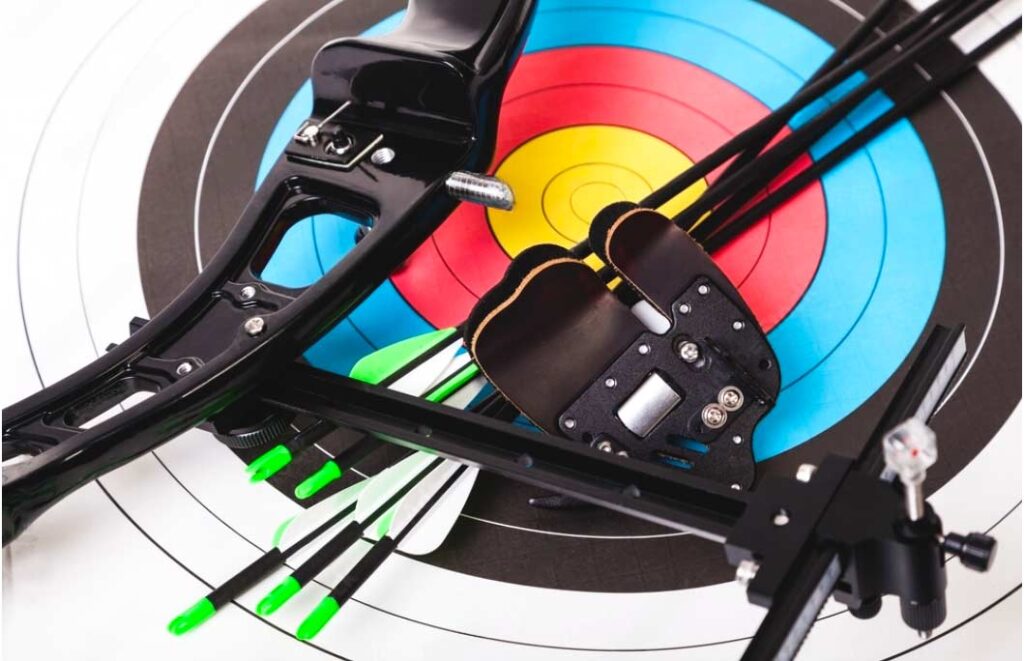
When it comes to maximizing your performance in archery, recurve bow accessories play a crucial role.
The right set of accessories can help you achieve accuracy and consistency in your shots, as well as improve your overall experience on the range or in competition.
Additionally, many accessories focus on ensuring safety while using a bow, such as finger tabs or arm guards, which protect against potential injuries from the string or arrow.
By taking advantage of these important recurve bow accessories, you can elevate your skills and enjoy the sport to its fullest potential.
Maximizing Performance
When it comes to maximizing performance with your recurve bow, there are a few key accessories that can make all the difference.
First and foremost, it is essential to understand the role of a bow stringer in properly stringing your bow without causing damage or injury.
Selecting appropriate arrows for your specific bow is crucial for achieving optimal accuracy and power.
Finally, exploring different types of arrow rests can help fine-tune your shooting technique.
- Understanding the role of a bowstringer
- The importance of selecting appropriate arrows for your bow
- Exploring different types of arrow rests
Ensuring Safety
Using the appropriate accessories for your recurve bow is essential to ensuring a safe and enjoyable experience. Here are some tips on how to stay safe while shooting:
- Armguards: These protective pieces of equipment help prevent injuries caused by the bowstring hitting your forearm.
- Finger Tabs or Gloves: Properly fitted finger tabs or gloves can protect your fingers from getting pinched between the string and the bow, preventing painful blisters and cuts.
- Stabilizers: These attachments help keep your bow steady during shooting, reducing any potential accidents caused by an unsteady hand.
By using these accessories properly, you’ll be able to enjoy a safer archery experience without worrying about avoidable injuries.
Customizing your bow
When it comes to customizing your recurve bow, there are several options available that can help you improve your accuracy and overall experience. Here are some ways you can personalize your bow:
- Different types of sights: Installing a sight on your recurve bow can help you aim more accurately, especially at longer distances. There are various types of sights available, such as pin sights, ring sights, and aperture sights.
- Upgrading limbs: The limbs of a recurve bow play a significant role in determining the overall draw weight and speed. Upgrading to higher-quality or different-sized limbs can cater to individual skill levels and requirements.
- Personalizing grip with wraps or tapes: Wraps or tapes added around the grip area of the riser will make for a comfortable hold while shooting arrows. They also add style elements to make one’s equipment stand out in competitions.
By personalizing these aspects according to individual preferences, beginners have better control over their shot accuracy and comfort factors while practicing archery.
Comprehensive Guide to Recurve Bow Accessories
This is a fantastic and complete chart explaining different recurve bow accessories, their function, benefits, and other details:
| Accessory | Function | Benefits | Additional Information |
|---|---|---|---|
| Stabilizer | Reduces bow torque and vibration | Improved accuracy and consistency | Enhances and stability |
| Enhances balance and stability | Reduced hand shock and bow jump | Available in different lengths and weights to suit individual preferences | |
| Sight | Provides aiming reference | Precise targeting | Enables consistent shot placement |
| Consistent shot placement | Enhanced accuracy at varying distances | Adjustable for windage (left-right) and elevation (up-down) | |
| Arrow Rest | Supports and guides arrow | Consistent arrow positioning | – Different types are available (e.g., plastic, metal, and magnetic) to accommodate various shooting styles |
| Ensures proper arrow flight | Improved accuracy | Can be adjustable or fixed | |
| Plunger | Fine-tunes arrow’s flex and clearance | Better arrow clearance | Allows adjustment of arrow flex and clearance off the bow |
| off the bow | Increased accuracy | Helps reduce arrow wobbling during release | |
| String Silencer | Reduces bowstring vibration and noise | Quieter shot execution | Enhances focus and concentration |
| Reduced bowstring oscillation | Made of materials like rubber or synthetic fibers to absorb vibrations | ||
| Clicker | Provides consistent draw length | Accurate and repeatable draw length | Offers an audible or visual indicator for consistent draw length reference |
| reference for shot execution | Improved shot consistency | Can be adjusted for individual draw length preferences | |
| Bow Sling | Secures the bow to your wrist | Easier handling and maneuvering | Provides added stability and control when carrying the bow |
| Provides stability and control | Prevents accidental drops | Helps maintain a consistent grip and reduces hand fatigue during long shooting sessions | |
| Bow Case | Protects and transports the bow | Safe storage and transportation | Prevents damage from impacts, dust, and moisture |
| Convenient and organized storage | Can come with additional pockets or compartments for storing arrows, accessories, and other equipment | ||
| String Wax | Lubricates and protects the bowstring | Extends the lifespan of the bowstring | Reduces friction, preventing premature wear and fraying |
| Maintains optimal performance | Regular application recommended, especially in dry or dusty environments | ||
| Arm Guard | Shields forearm from bowstring contact | Protection against string slap | Prevents bruises, cuts, and discomfort caused by the bowstring during release |
| Reduces risk of injury | Improved shooting comfort | Available in various materials (e.g., leather, plastic, fabric) and adjustable sizes | |
| Quiver | Holds and organizes arrows | Easy access to arrows during shooting | Various designs available (e.g., hip quivers, back quivers, side quivers) to suit individual preferences |
| Convenient arrow retrieval | Can have additional compartments or pockets for carrying accessories and personal items | ||
| Finger Tab | Protects fingers and improves release | Prevents finger pinch and improves accuracy and consistency | The smooth surface of the tab reduces friction for a clean and consistent release, enhancing accuracy. |
Must-Have Recurve Bow Accessories with Details and Explanations


A recurve bow is a great starting point for those looking to get into archery. But that’s just the beginning. To take your skills to the next level, investing in quality accessories is essential.
A good place to start would be with a reliable bowstring, which will not only help you achieve better accuracy but also increase the lifespan of your bow.
In addition to a sturdy string, choosing arrows that fit your needs and skill level is crucial. An arrow rest can further improve precision by providing consistent support for each shot.
For even more accuracy, consider adding a sight or stabilizer to your setup. And don’t forget about storage—keeping extra arrows on hand in a quiver can come in handy during competition or practice sessions!
Bowstring


When it comes to the bowstring, there are different material types available. The most common ones are Dacron and Fast Flight.
While Dacron is a more affordable option, it stretches over time and may require frequent adjustments. On the other hand, fast flight provides faster arrow speeds but can be more expensive.
Selecting the appropriate string length for your recurve bow is crucial for accurate shooting.
A general rule of thumb is to add 4 inches to your bow’s length for the ideal string length. However, this may vary depending on personal preference and shooting style.
The brace height adjustment refers to the distance between the grip of your recurve bow and its string when unstrung.
Adjusting this distance affects how much energy transfers from your limbs into your arrows upon release.
It’s essential to find an optimal brace height that balances accuracy with power while preventing damage to both you and your equipment during use.
Arrows


When it comes to arrows, the shaft material and weight selection are crucial factors in determining accuracy and speed.
Carbon fiber is a popular choice for its durability and consistency, while aluminum offers affordability and versatility.
As for weight, heavier arrows tend to hit harder but move slower, while lighter ones fly faster with less force.
Lastly, fletching options can affect arrow stability during flight. Vanes offer better air resistance than feathers, which require more maintenance but have a traditional look appreciated by some archers.
The number of vanes or feathers per arrow varies from 2-4 depending on personal preference and shooting style; e.g., a 3-fletch provides optimal balance between precision and speed when used with recurve bows.
Arrow Rest
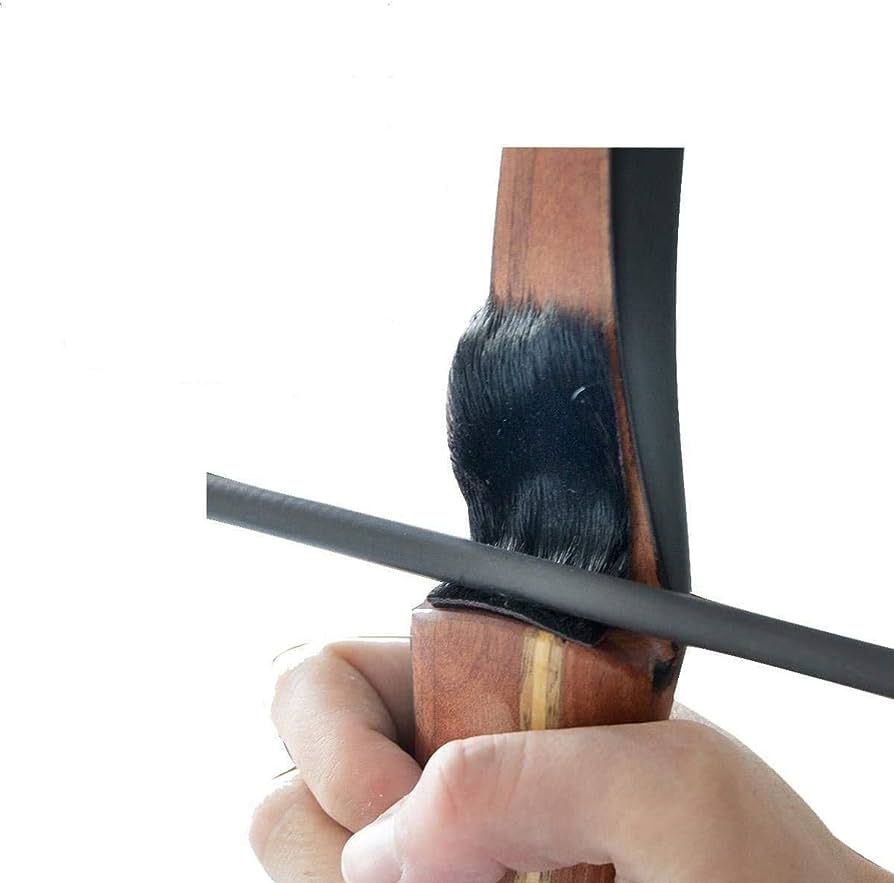

When it comes to improving your accuracy in archery, an arrow rest is a must-have accessory for your recurve bow. There are different types of arrow rests available on the market, including plunger and flipper rests.
Each type has its own advantages and disadvantages, so it’s important to choose the one that suits your needs best.
To ensure that you’re shooting with maximum accuracy, you’ll also want to make sure that your arrow rest is properly adjusted.
This means tweaking its height, angle, and center shot until you find the optimal settings for your bow setup.
Installing an arrow rest on your recurve bow can be done easily with just a few basic tools, such as a screwdriver or Allen wrench.
Here are some key points:
- Plunger and flipper are two common types of arrow rest.
- Adjusting height, angle, and center shot will improve accuracy.
- Installation can be done easily without professional help.
Sight
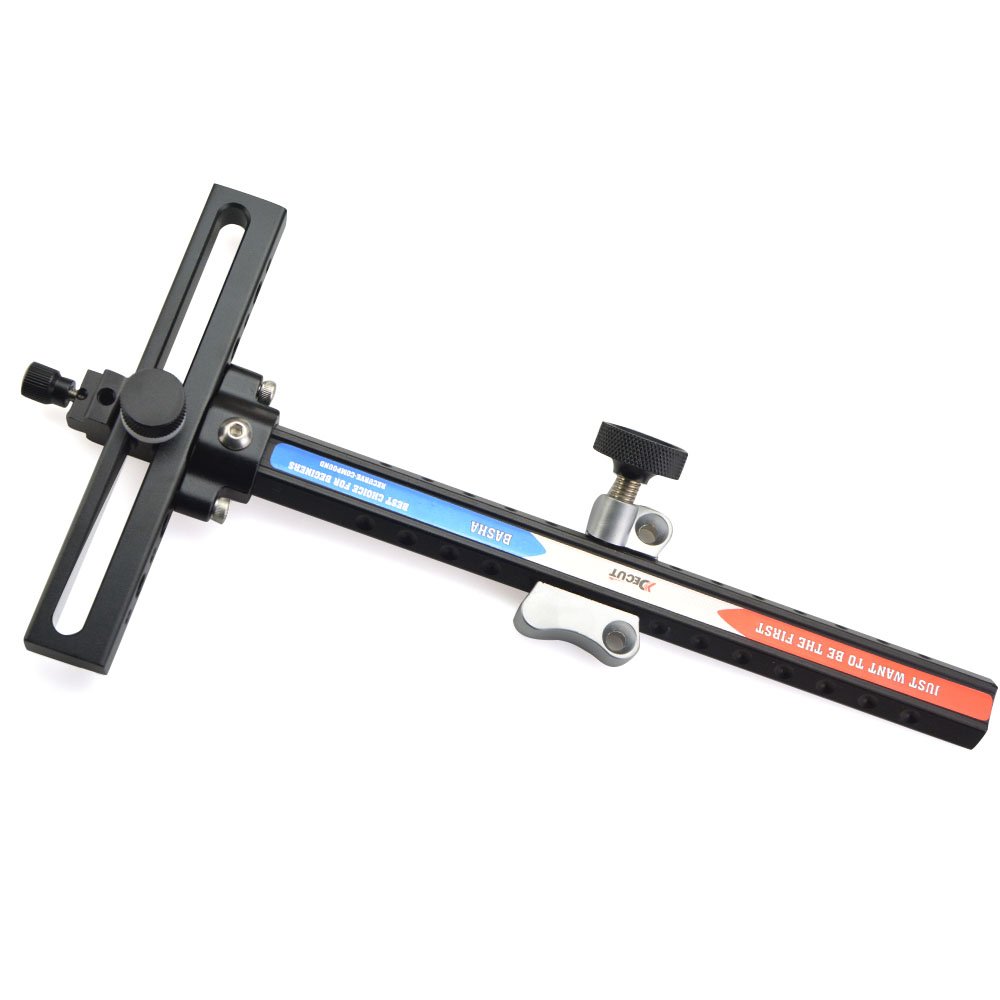

Different sight aperture sizes are available for archers to choose from depending on their preferences and shooting style.
The aperture size of a sight determines the amount of light that enters the eye when aiming at a target.
A larger aperture allows more light in and is ideal for low-light conditions, while a smaller aperture offers better accuracy for long-range shots.
Sight pin adjustments for distance are necessary because arrows fly differently at varying distances.
By adjusting the pin on your sight, you can ensure that your arrow hits its desired location accurately.
For longer distances, you’ll need to set your pins higher than those set up for shorter ranges.
Choosing between fixed or adjustable pin sights is dependent on personal preference and budget constraints.
Stabilizer
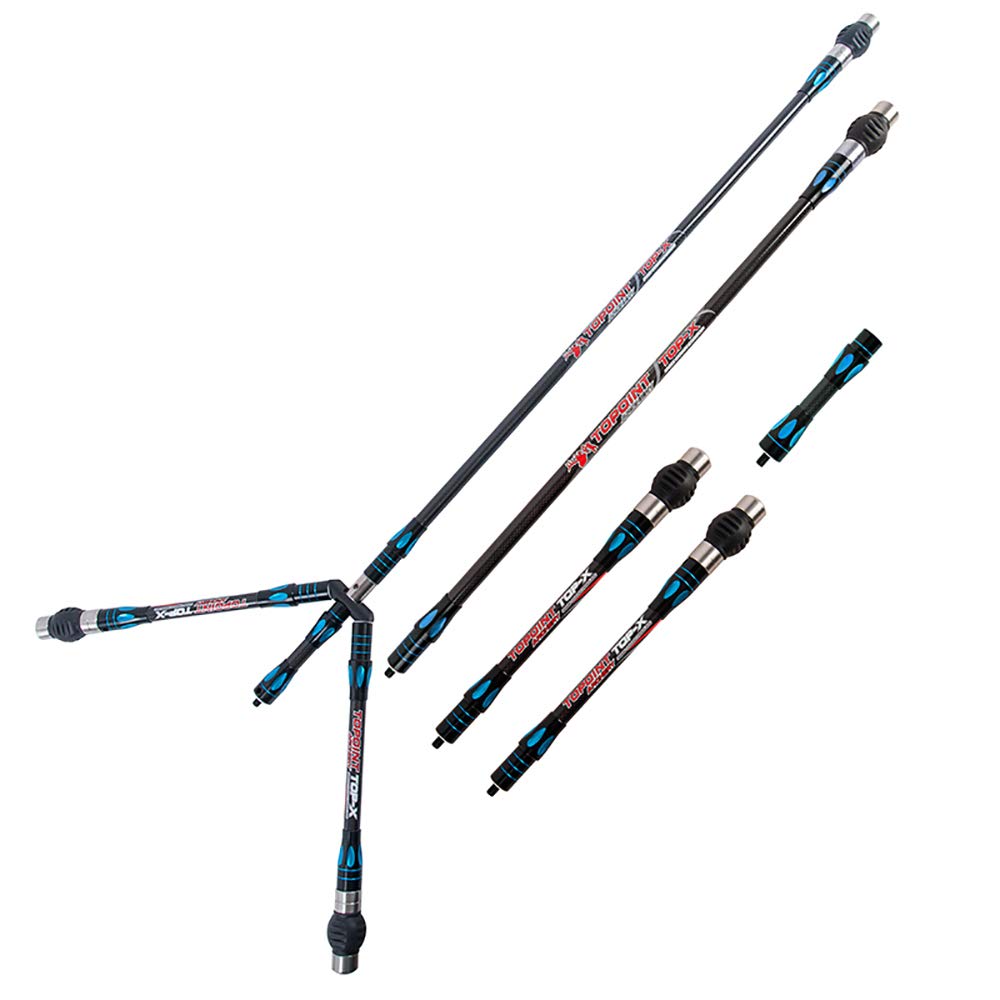

The benefits of using a stabilizer are plenty: it helps balance the bow and reduces vibration, making it easier to aim accurately.
When choosing a stabilizer, consider both weight and length options to find one that suits your needs.
Installation techniques can vary depending on the type of bow you have, so be sure to follow the manufacturer’s instructions carefully.
With proper use and installation, a stabilizer can significantly improve your accuracy and overall shooting experience.
Quiver
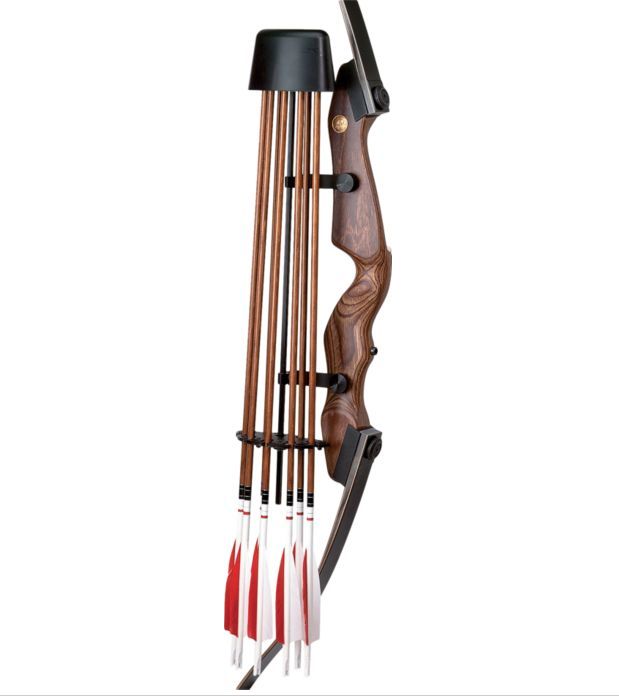

Having a reliable quiver is just as important as having the right bow or arrows. Quivers come in different types, like back quivers and hip quivers, each with its own advantages depending on your preferences.
Here are some other factors to consider when choosing a quiver:
- Quiver Capacity and Compatibility with Arrows: Make sure your chosen quiver has enough space for your arrows and that the size of the arrow tubes is compatible with your specific arrows.
- Ease of Access While Hunting or Competing: Consider how easily you can access your arrows when hunting or competing. Will you need to remove the entire quiver from your body? Or will it have easy-to-access pockets?
Overall, finding the right type of recurve bow accessory can greatly impact your archery experience.
Broadhead Wrench
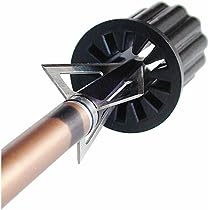

A broadhead wrench is a tool designed to help archers install and remove the sharp points of their arrows, also known as broadheads.
These tools come in different sizes and shapes, depending on the type of arrow being used. They are essential for proper installation and removal without damaging or dulling the blade.
Compatibility with Different Broadheads
Different types of arrows require specific types of broadheads, which can make it challenging to find a compatible wrench.
Some popular brands offer universal wrenches that work with most standard models, but always check your manufacturer’s instructions before purchasing one.
#1 Rule When Installing Broadheads
The number one rule when installing broadheads is safety first! Always handle them carefully since they are extremely sharp and can cause serious injuries if mishandled.
Use gloves or other protective gear during installation or removal, and take extra precautions not to point an arrow at another person or yourself while handling any archery equipment.
- Ensure that you have selected the right size for your particular arrows.
- Keep fingers well away from blades when screwing on
- Tighten securely without overtightening.
What Tips Can You Give For Shooting Accurately With a Recurve Bow?
If you’re just starting out with archery, shooting accurately with a recurve bow can be a bit challenging.
But with practice and the right accessories, you’ll be hitting your targets in no time! Here are a few tips to get you started:
Master Your Stance
Your stance is the foundation for accurate shooting. Stand with your feet shoulder-width apart and perpendicular to the target. Make sure your weight is evenly distributed between both feet.
Grip The Bow Correctly
The way you grip your bow can affect your accuracy. Hold the bow grip loosely, with your fingers wrapped around the front of the grip. Your thumb should rest against the back of the grip.
Use a Consistent Anchor Point
An anchor point is the spot on your face where you draw the bowstring back every time you shoot.
Find a spot on your cheek or chin that feels comfortable and consistent, and use it every time.
Focus on Your Form
Good form is crucial for accuracy. Keep your bow arm straight and your elbow rotated down. As you pull the bowstring back, keep your shoulders down and your back muscles engaged.
Invest In Quality Accessories
A good sight, stabilizer, and arrow rest can make a big difference in your accuracy. Talk to a knowledgeable archery shop owner or coach to find the right accessories for your bow and shooting style.
Practice makes perfect! With time and dedication, you’ll develop the muscle memory and confidence to shoot accurately with your recurve bow.
And don’t forget to have fun and enjoy the process! Archery is a rewarding and fulfilling sport, and the more you put into it, the more you’ll get out of it.
What Arrows are Best For Use With a Recurve Bow?
When it comes to selecting arrows for a recurve bow, one of the most important things to keep in mind is the draw weight of your bow.
Arrows that are too light may not fly correctly, while arrows that are too heavy can be difficult to shoot accurately.
For most recurve bows, arrows with a spine rating between 25 and 50 pounds are a good choice.
You’ll also want to look for arrows with a straightness tolerance of +/-.003 inches or better, as this will help ensure consistent flight.
As for material, carbon arrows tend to be a popular choice due to their durability and consistency.
It’s always a good idea to consult with a knowledgeable archery professional who can help you select the right arrows for your specific setup.
What Type of Nocking Point Should Be Used On a Recurve Bow?
When it comes to choosing the right nocking point for your recurve bow, it really depends on the type of arrow you’re using.
If you’re using wooden arrows with feather fletching, you’ll want to use a lower nocking point to accommodate the bend in the arrow.
On the other hand, if you’re using carbon arrows with plastic vanes, you’ll want to use a higher nocking point to ensure proper clearance.
Generally speaking, a good starting point for a recurve bow is to have the nocking point set at the height of the arrow rest.
From there, you can make adjustments based on the arrow type and any other factors that may affect your shot. Just remember to always use consistent nocking points for consistent shots.
Final Touch
Recurve bow accessories play a vital role in enhancing your archery experience and performance. Each accessory serves a specific purpose, whether it’s improving accuracy, increasing comfort, or protecting your equipment.
Understanding the various accessories available and their functions allows you to choose the ones that best suit your needs and shooting style.
The right recurve bow accessories can make all the difference, whether you’re a beginner or an experienced archer.
If you’re working towards your archery goals, you should invest in quality accessories, take good care of them, and benefit from greater precision, comfort, and protection.
Frequently Asked Questions About Recurve Bow Accessories
Do I really need a stringer for my recurve bow?
Yes, using a stringer is highly recommended to properly and safely string your bow
How many pins do I need on my sight?
Most pin sights come with either three or five pins.
Can I use a compound bow sight on my recurve bow?
It’s not recommended to use a compound bow sight on a recurve bow, as they are designed for different types of bows.
What other accessories should I consider for my recurve bow?
Other useful accessories include an arm guard to protect your arm from the bowstring, a quiver to hold your arrows, and finger tabs or gloves to protect your fingers from the bowstring.
How often should I replace my bowstring?
It’s recommended to replace your bowstring every 2-3 years, or sooner if you notice any fraying or damage.
How do stabilizers enhance my recurve bow’s performance?
Stabilizers minimize bow vibrations and improve balance, leading to more accurate shots.
Are there any specialized accessories for traditional recurve bows?
Absolutely! Traditional archers often opt for leather quivers, handmade wooden arrows, and traditional-style sights that complement the classic look and feel of their bows.
What’s the purpose of a bow sight on a recurve bow?
A bow sight assists archers in aiming by providing a reference point for consistent shot placement.
How do I choose the right arrow rest for my recurve bow?
The choice between a shoot-through arrow rest and a flipper rest depends on your shooting style and preferences.
Can I use a release aid with a recurve bow?
Release aids are more commonly used with compound bows due to their high draw weights.
What advantages do string silencers provide for recurve bows?
String silencers, often made of materials like rubber or felt, dampen string vibrations and reduce noise upon release.
How does a clicker work as a recurve bow accessory?
A clicker is a metal device attached to the bow that makes a “click” sound when an archer reaches their predetermined draw length.
Can I use a wrist sling with a recurve bow?
Yes, a wrist sling can be beneficial for both safety and convenience.
Are there any accessories to help store and transport my recurve bow?
Absolutely. Options like bow cases and sleeves protect your bow during transportation and storage.
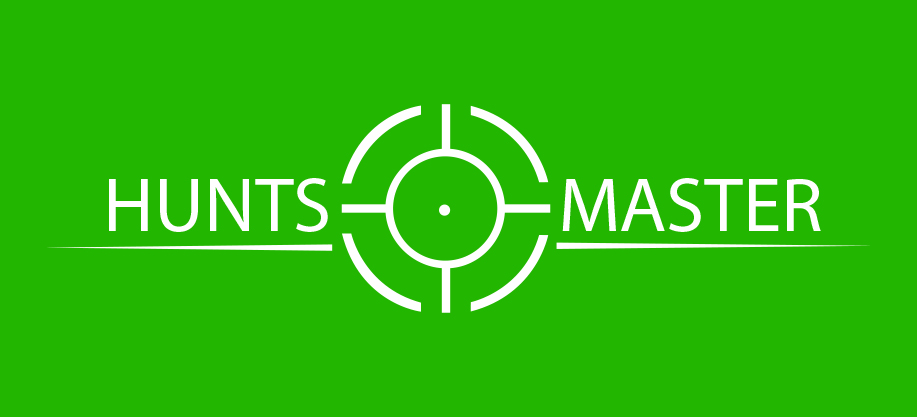


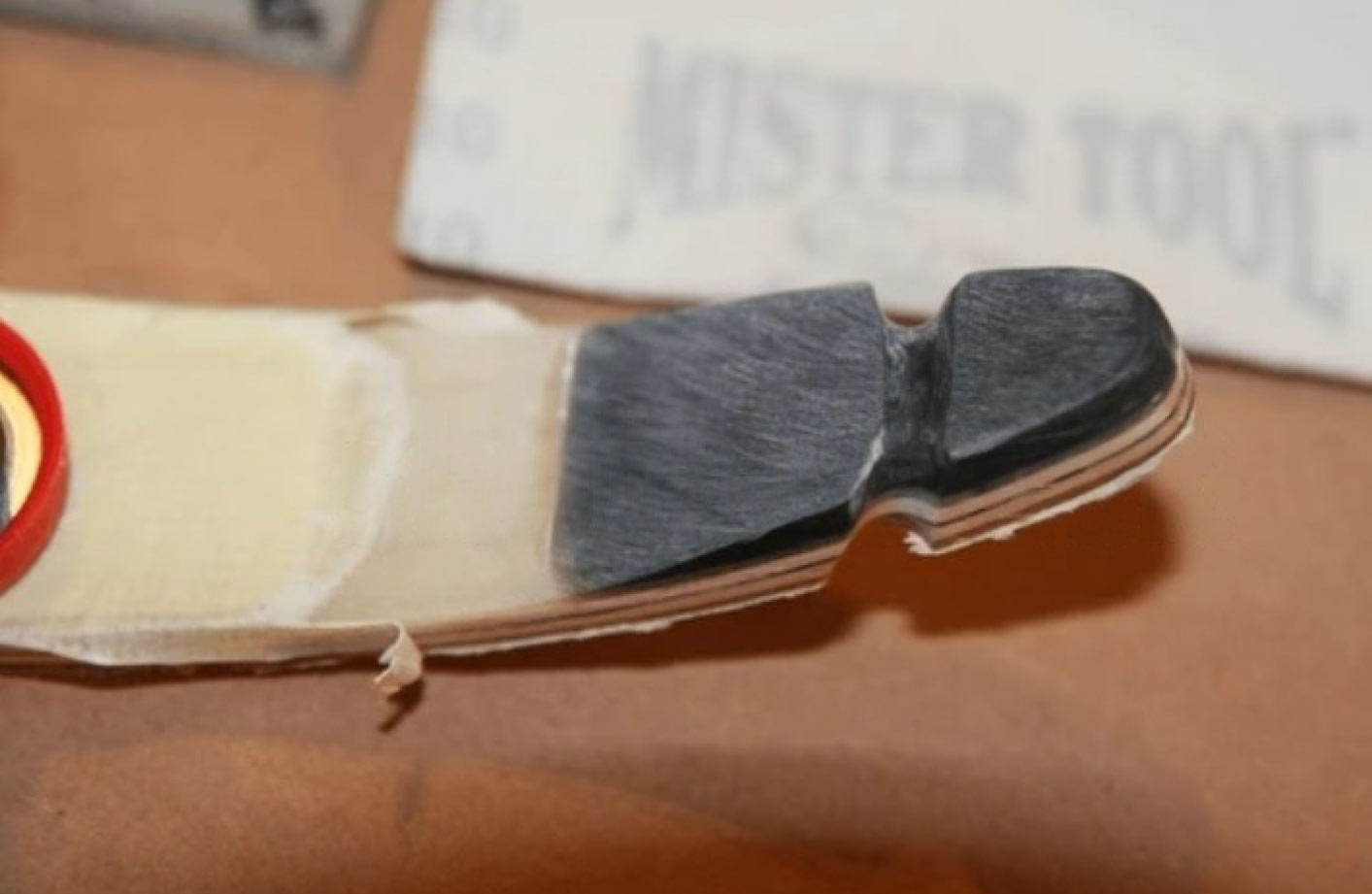
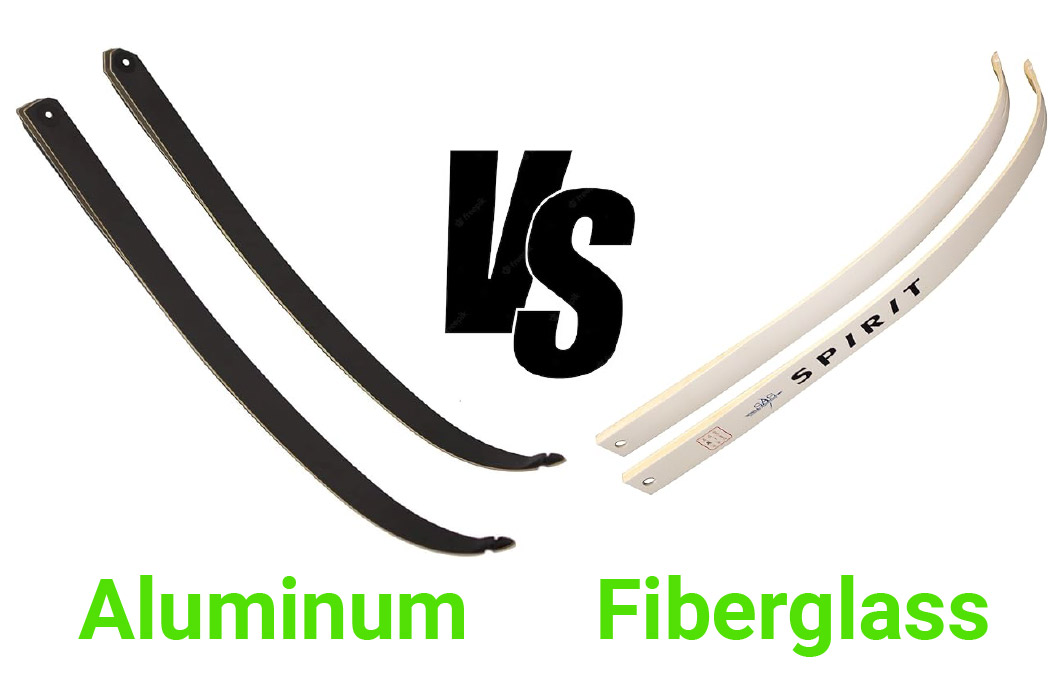
Right away I am going to do my breakfast, once having my
breakfast coming over again to read more news.
You really make it seem so easy with your presentation but I find this matter to be actually something which
I think I would never understand. It seems too complicated and extremely broad for me.
I’m looking forward for your next post, I will try to get the
hang of it! You can see similar: dobry sklep and here ecommerce